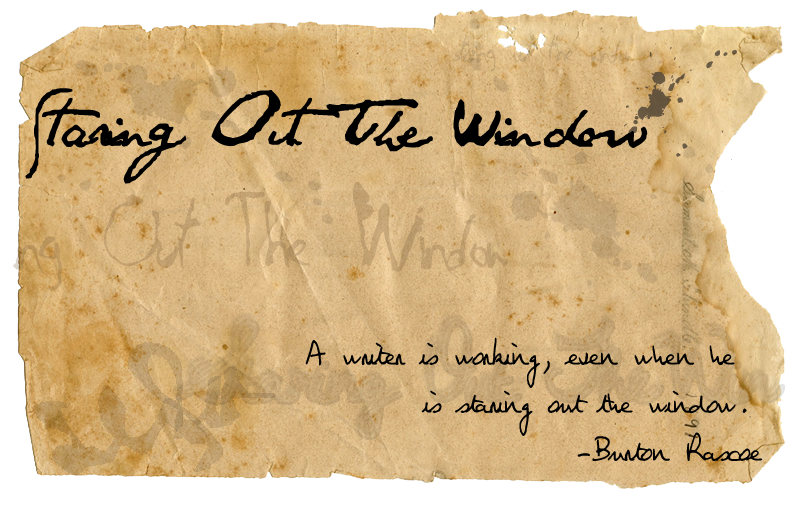If you are working on the largest government project in the nation, and using men that are basically starving for your labor, how do you get any productivity. Simple. You feed them. And that is exactly what Six Companies did. They contracted with Anderson Brothers, a well known Hollywood catering service in the 1930's, to tackle the problem of feeding the growing number of workers on the Black Canyon project, later to be known as the Hoover Dam.
They started in a mess tent that held about 350 men, and soon an additional mess hall was set up temporarily at River Camp, two miles upriver from the site. This was in the Spring of 1931, when there were only about five hundred men on the payroll. By November of that year, the workforce had increased to about 2500, and Anderson Brothers had a full scale mess hall in the town of Boulder City that was capable of seating 1200 at a time.
Because the job site was 24 hours, so was the mess hall. Food was brought in by rail and by truck and it was never in short supply. There was always a variety--steaks, pork chops, roast beef, fruit, fresh baked pies and cakes. Meals were served family style, and when a platter was emptied, it was soon refilled. The food was excellent and there was plenty of it. For $1.50 a day, deducted from their wages, the men could eat as much as they wanted, which included packing their own box lunch to take to the work site.
Their families, however, weren't so lucky. They weren't even allowed in the mess hall---until Thanksgiving, 1931.
It was on this day that Anderson Brothers decided to open up their operation to the men and their families for the holiday. The tables were dressed with crisp linens and at a cost of seventy-five cents for adults, children ate free, the 2500 employees and their families were served an all you could eat Thanksgiving dinner served on china. And they ate.
- · 2400 pounds of turkey
- · 300 gallons of oyster soup
- · half a ton of candied sweet potatoes
- · 300 pounds of cranberries
- · 760 pies
- · half a ton of plum pudding
...these are just a few of the items served on that day
It had been a hard year for the thousands that had traveled from all over the country to take their chance on the Hoover Dam. They had lived in cars, tents, openly in the desert and braved deadly snakes and spiders, sandstorms, starvation and the unbearable heat. They had begun moving into the rickety houses in town and businesses were starting to open. Boulder City, the only city in the United States at the time with a 100% employment rate, was starting to come together as a community. It was a long way from the Depression-ridden cities and towns they had come from, and a long way from the desert. It was paradise. And they were thankful.
It was a wonderful gesture of Thanksgiving on the part of the Anderson Brothers, but this day also marked a very important event in the history of the Hoover Dam: the unofficial birth of Boulder City as a community. From that day forward, every Thanksgiving and Christmas during construction was observed in the same way and having holiday dinner at Anderson's Mess Hall became the first community tradition.
Happy Thanksgiving to all.
Happy Thanksgiving to all.





